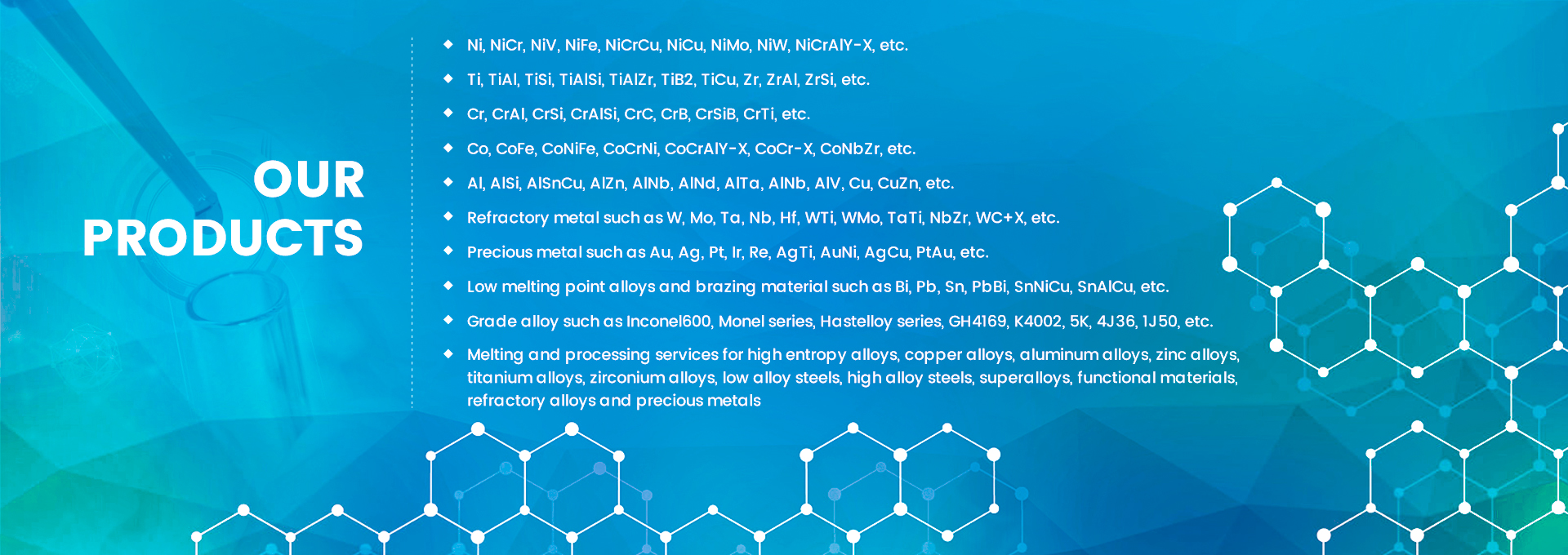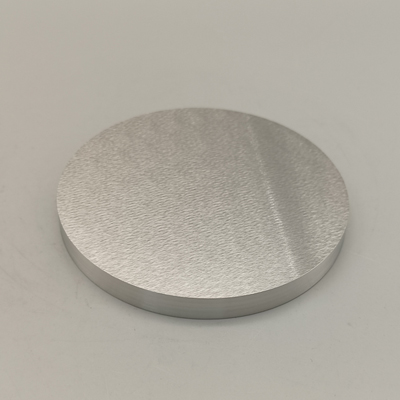Stellite alloy is a cobalt-based high-temperature alloy renowned for its exceptional wear resistance, corrosion resistance, and high-temperature strength. It is widely used in industries such as aerospace, petrochemicals, and medical equipment. This article provides a detailed introduction to the common grades, compositions, properties, and applications of Stellite alloys to help you better understand and select the right alloy material.
Main Grades and Classification of Stellite Alloys:
1.Cast Alloy Series
| Grade | Main Composition (%) | Primary Characteristics | Typical Applications |
|---|---|---|---|
| Stellite 1 | Cobalt (Co): Balance, Chromium (Cr): 28-32, Tungsten (W): 3-6, Carbon (C): 1.7-2.2 | High hardness, wear resistance | Valve seats, pump bushings, cutting tools |
| Stellite 6 | Cobalt (Co): Balance, Chromium (Cr): 28-32, Tungsten (W): 3-6, Carbon (C): 1.0-1.4 | Excellent wear and corrosion resistance | Valves, pumps, mixers, chemical equipment |
| Stellite 12 | Cobalt (Co): Balance, Chromium (Cr): 28-32, Tungsten (W): 7-9, Carbon (C): 1.5-2.0 | High hardness, high-temperature resistance | Gas turbine blades, engine components |
| Stellite 21 | Cobalt (Co): Balance, Chromium (Cr): 26-30, Molybdenum (Mo): 5-7, Carbon (C): 0.2-0.3 | Excellent corrosion resistance | Chemical equipment, medical devices |
| Stellite 31 | Cobalt (Co): Balance, Chromium (Cr): 25-29, Tungsten (W): 7-9, Carbon (C): 0.5-1.0 | High hardness, wear and corrosion resistance | Valves, pumps, bearings |
2.Wrought Alloy Series
| Grade | Main Composition (%) | Primary Characteristics | Typical Applications |
|---|---|---|---|
| Stellite 3 | Cobalt (Co): Balance, Chromium (Cr): 30-34, Tungsten (W): 11-13, Carbon (C): 2.2-2.8 | Extremely high hardness and wear resistance | Cutting tools, molds, wear-resistant parts |
| Stellite 4 | Cobalt (Co): Balance, Chromium (Cr): 28-32, Tungsten (W): 13-15, Carbon (C): 1.0-1.4 | Excellent wear resistance and toughness | Valves, pumps, cutting tools |
| Stellite 19 | Cobalt (Co): Balance, Chromium (Cr): 26-30, Molybdenum (Mo): 5-7, Carbon (C): 0.15-0.25 | Good wear and corrosion resistance | Chemical equipment, medical devices |
3.Tribaloy Series (Self-Lubricating Alloys)
| Grade | Main Composition (%) | Primary Characteristics | Typical Applications |
|---|---|---|---|
| Tribaloy T-400 | Cobalt (Co): Balance, Molybdenum (Mo): 28-32, Silicon (Si): 2.5-3.5, Carbon (C): 0.05-0.15 | Excellent wear resistance and self-lubrication | Gears, bearings, seals |
| Tribaloy T-800 | Nickel (Ni): Balance, Molybdenum (Mo): 28-32, Silicon (Si): 2.5-3.5, Carbon (C): 0.05-0.15 | High wear resistance and self-lubrication | High-temperature bearings, seals |
4. Other Special Grades
| Grade | Main Composition (%) | Primary Characteristics | Typical Applications |
|---|---|---|---|
| Stellite 190 | Cobalt (Co): Balance, Chromium (Cr): 26-30, Molybdenum (Mo): 5-7, Carbon (C): 0.2-0.3 | Excellent corrosion and wear resistance | Chemical equipment, medical devices |
| Stellite 306 | Cobalt (Co): Balance, Chromium (Cr): 28-32, Tungsten (W): 3-6, Carbon (C): 1.0-1.4 | Good wear and corrosion resistance | Valves, pumps, mixers |
How to Choose the Right Stellite Alloy Grade?
Selecting the appropriate Stellite alloy grade requires careful consideration of the following factors:
1.Application Environment:
Temperature: Determine the operating temperature range to ensure the alloy can maintain its properties under thermal stress.
Pressure: Consider the pressure conditions, as high-pressure environments may require alloys with higher strength.
Corrosive Media: Identify the presence of acids, alkalis, or other corrosive substances to select an alloy with suitable corrosion resistance.
2. Performance Requirements:
Wear Resistance: For applications involving friction or abrasion, prioritize alloys with high hardness and wear resistance.
Corrosion Resistance: In environments with chemical exposure, choose alloys with excellent corrosion resistance.
High-Temperature Strength: For high-temperature applications, select alloys that retain strength and stability at elevated temperatures.
3. Processing Methods
Casting: Some Stellite alloys are optimized for casting processes.
Forging: Forged alloys may offer improved mechanical properties.
Welding: Ensure the alloy is weldable if joining or repair is required.
4. Cost Considerations
Stellite alloy prices vary significantly based on composition and properties. Balance performance requirements with budget constraints.
5. Consult Professionals
It is highly recommended to consult with professional Stellite alloy suppliers or engineers for expert guidance tailored to your specific application.
With a wide range of Stellite alloy grades available, selecting the right one requires a comprehensive evaluation of various factors. This guide aims to help you better understand Stellite alloy grades and choose the most suitable material for your application. For further assistance, reach out to industry experts to ensure optimal performance and cost-effectiveness.
Post time: Jul-09-2025






